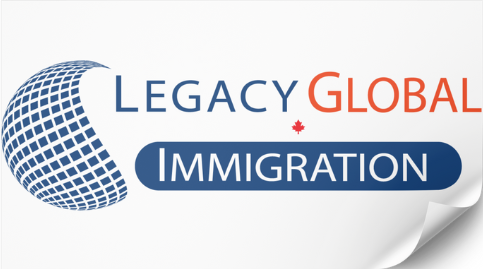Immigration, Refugees, and Citizenship Canada (IRCC) have announced a forthcoming review of the Immigration and Refugee Protection Act (IRPA) as part of the recently unveiled Strategy: An Immigration System for Canada’s Future.
The Strategy outlines the IRCC’s intentions to implement changes aimed at enhancing processing efficiency and adopting a more comprehensive approach to immigration. These changes will be implemented under three pillars:
- Create a more welcoming experience for newcomers.
- Align immigration with labor market needs.
- Develop a comprehensive and coordinated growth plan.
IRPA is the legislative framework governing Canada’s immigration system and dictates how IRCC functions. Proposed changes to IRPA primarily fall under the pillar of creating a more welcoming experience for newcomers to Canada. IRCC aims to modernize its processes to be more efficient, fair, transparent, predictable, and timely.
The decision to review IRPA comes after 21 years since its enactment in 2002. Given that IRPA underpins most of IRCC’s programs, policies, and procedures, a comprehensive assessment is deemed necessary.
IRPA underwent a significant overhaul in June 2002, replacing the previous Immigration Act established in 1976. The revision aimed to provide clearer and more modern legislation to meet evolving challenges and opportunities, defining major classes of foreign nationals, such as economic class, family class, and convention refugees.
The current review of IRPA is expected to remove barriers to Canada’s future immigration needs. This includes potential updates to legislation governing the creation of new immigration pathways, like the recently introduced category-based Express Entry.
Additionally, IRPA outlines how federal and provincial governments collaborate in managing immigration, such as through the Provincial Nominee Program (PNP). Updating IRPA could involve mandatory consultations with various stakeholders, including settlement services, to better understand Canada’s capacity to integrate newcomers—a key aspect of the Strategy’s whole-of-government approach to immigration.
Consultations are also crucial for determining the federal Immigration Levels Plan, setting annual permanent resident admissions targets. An updated IRPA may necessitate more comprehensive consultations to align immigration policies with economic and demographic requirements.
While IRPA has seen amendments reflecting the recent demand for immigration to Canada, the upcoming review presents an opportunity to address current and future challenges. For instance, the 2022 amendment granted the immigration minister authority to issue Invitations to Apply to Express Entry candidates aligned with specific categories such as healthcare, STEM professions, trades, transport, agriculture and agri-food, and French language proficiency. These adjustments aim to capitalize on the economic benefits of immigration by selecting newcomers with sought-after skills in high-demand sectors.







